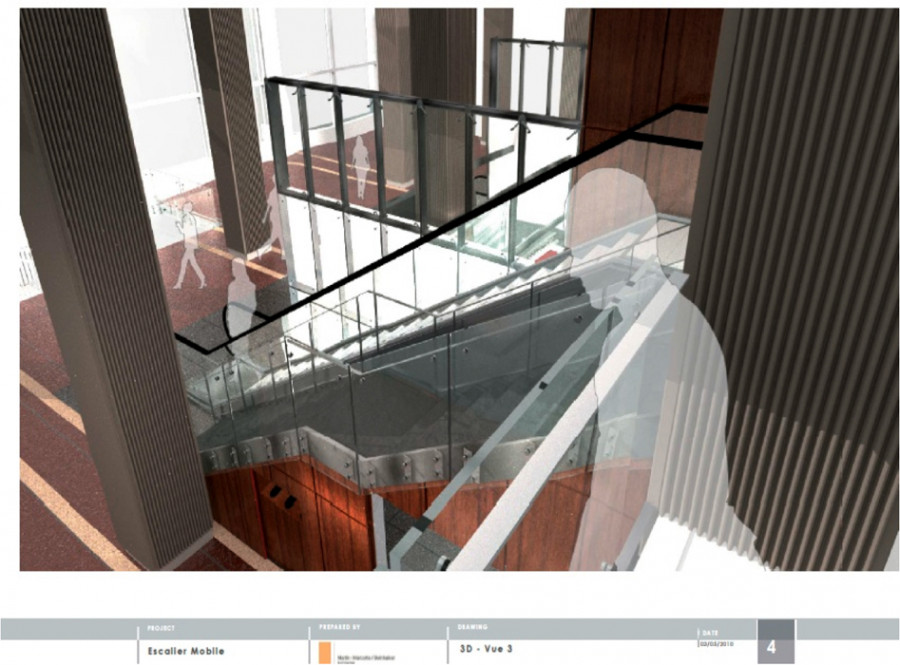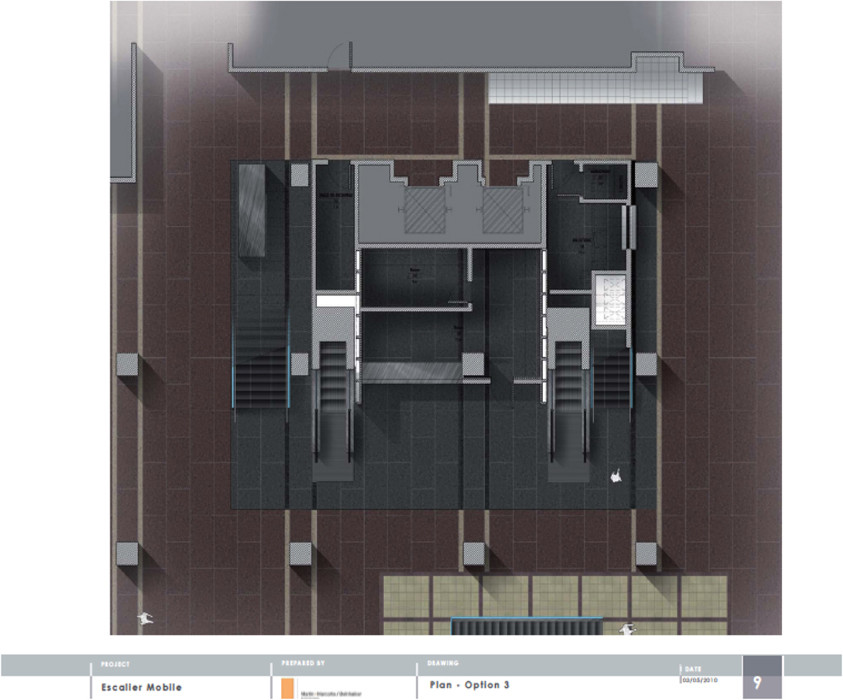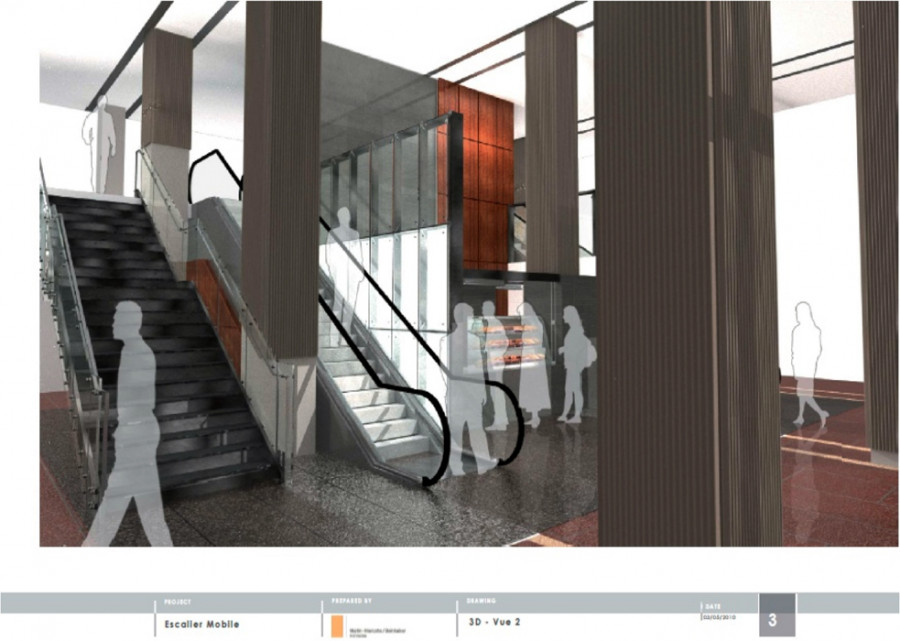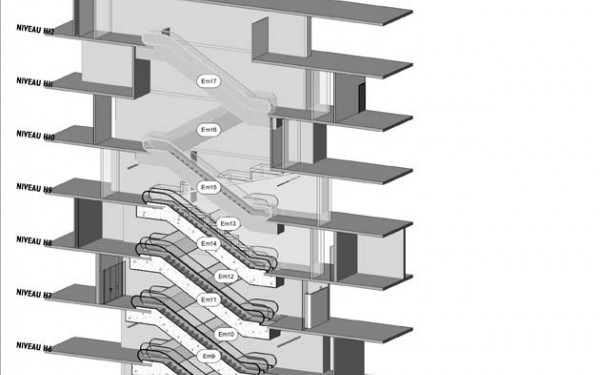The Hall Hole
How Else Do You Get New Escalators into the Hall Building?
Construction at Concordia shows no signs of slowing down as the university will start a two-year, $14 million plan next month to replace the 17 infamously defective escalators of the Hall building.
Once work is completed in December 2012, Jean Pelland, Concordia’s director of projects, promises that the Hall building will be cleaner, brighter and more modern.
“The only comment I’ve received from students and the community is that the escalators don’t work well, everyone wants them changed,” said Pelland.
When asked if the escalators were problematic Pelland chuckled, “More than that, at the top they aren’t even working, they are very old equipment and we need parts, so we take parts from the upper levels. Between [floors] 11 and 9 it doesn’t work. It’s too old.”
Opened in 1966, the Hall building’s escalators have been plagued with mechanical problems for more than 40 years. The company that was installing the escalators went out of business before the building was finished, leading to an immediate lack of spare parts.
Cannibalizing parts and a heroic level of MacGyvering by the university’s staff has only gone so far. It is not uncommon for more than half of the 12-floor building’s escalators to be broken at the same time.
Plans to replace the escalators have been floating around since the early 90s, but have been rejected due to the high cost involved.
With the project currently in the tendering phase, two different construction methods may be used to replace the escalators.
The more traditional method would involve cutting a hole in the side of the Hall building. According to Pelland, the university has also asked for tenders using a modular method, whereby the escalators would be transported in pieces into the building. The pieces would then be installed on site.
“We need to keep the building open, students still need to go to class, so it is a very complicated project,” said Pelland. “If the market offers us at a reasonable price for building with small pieces, we will use it. It may cost a little bit more for the equipment, but our schedule will be shorter.”
Replacing the escalators at the core of a building used by 10,000 students daily is a challenge, especially since asbestos will need to be removed, so the project will work in five-month phases where two floors will be replaced at a time.
Floors 10 to 12 will see the first work this October.
The escalators from the ninth floor to the 12th floor, currently only go up because the university ran out of money while the Hall building was being built. With the renovation, they will also go down.
“We are also redesigning the entire design of the part of the lobby, there are more people coming from the tunnel, so we need to change the flow,” said Pelland. A second escalator will be added to the side of the Tim Horton’s, to the left of the security office.
With planning for the project underway for the past year, Pelland said the largest work, from the lobby to the fourth floor, will be done over the summer.
Students will need to wait until tendering ends on Sept. 22 to know if they will have to welcome a hole in the side of the Hall building.
This article originally appeared in Volume 31, Issue 05, published September 14, 2010.





_600_832_s.png)

__600_375_90_s_c1.jpg)


__600_375_90_s_c1.jpg)